Have you noticed how you can now grab a snack, a phone charger, or even a t-shirt from a machine without ever talking to a human? Self-service retail changing how (and where) we shop — it’s the new normal. If you’re an operator looking to grow, streamline, or break into new markets, these five trends should be on your radar for 2026:
1. Micro markets become mainstream
Micro markets aren’t just for big offices anymore. Over the last two years, they’ve been the fastest growing segment of self-service retail. In 2026, you’ll see them in apartment lobbies, hotel lounges, manufacturing sites, and more. Why? Because today’s micro markets are more adaptable than ever. With smaller kiosks like the Go Micro, larger setups like Go Max, and flexible cabinetry bundles, you can launch a full market experience in just about any space. It’s a smarter way to offer more products, serve more customers, and drive higher revenue.
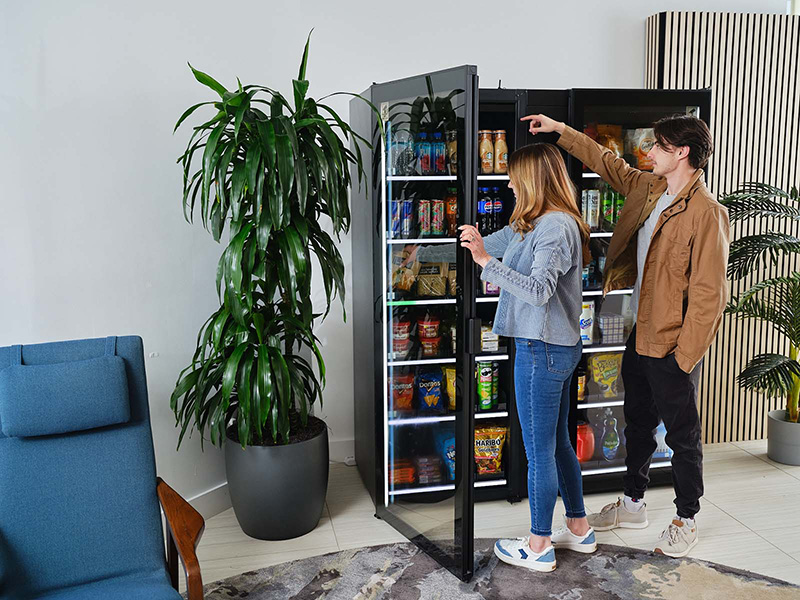
2. Smart Stores explode in popularity
Cantaloupe Smart Stores are quickly becoming the go-to technology for operators ready to scale. These secure, all-in-one units let you stock everything from snacks to apparel — and still operate fully unattended. In just a few months of 2024, Smart Stores drove 101% higher spend per transaction than vending machines. For operators, that means more sales, less shrink, and fewer headaches. In 2026, Smart Stores will be the default for locations that demand convenience and security: car dealerships, schools, residential buildings, and more.
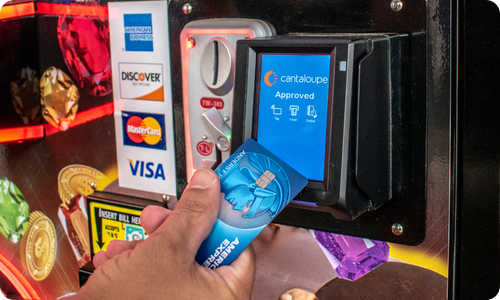
3. Arcades and gaming machines go cashless
Still running on tokens or quarters? It’s time for an upgrade. More arcade and amusement operators are switching to cashless — and the results speak for themselves. Cantaloupe’s 2025 Micropayment Trends Report found that card readers consistently deliver higher revenue than cash-only setups. And with the , average ticket sizes have jumped by over 600%. In 2026, operators who want to boost earnings and modernize the player experience will opt in for cashless payments.
4. Smart Aisles make checkout disappear
Smart Aisles are redefining what it means to run a modern breakroom or lobby market. Picture this: a secure, compact convenience store where customers scan their card, walk through a gate, grab what they need, and head out. No checkout line. No kiosk. Just a smooth, fast experience. For operators, Smart Aisles are an elevated amenity for offices, multi-tenant buildings, and college campuses.
5. Self-service expands into travel and hospitality
In 2026, self-service retail won’t just be for office breakrooms. Operators are already moving into new environments like With Cantaloupe’s platform and Smart Stores, you can offer unattended options that feel fully serviced. is just the beginning. If you’re looking to grow into high-traffic venues without high staffing costs, this is a trend worth following. If you’re looking to grow into high-traffic venues without high staffing costs, this is a trend worth following.
The self-service space is full of opportunity. Whether you’re just getting started or scaling fast, these trends can help you think bigger and operate smarter in 2026.
Want to learn how Cantaloupe can help you stay ahead? Contact us today.
Fast Facts
-
Micro markets are booming: The fastest-growing segment of self-service retail.
-
Smart Store transactions drive more revenue: Consumers spent more vs. traditional vending machines in 2024.
-
Cashless is crushing it in gaming: Engage Pulse card readers have increased average ticket sizes by over 600%.
-
New venues are wide open: Operators are breaking into cruise ships, airports, and event spaces.
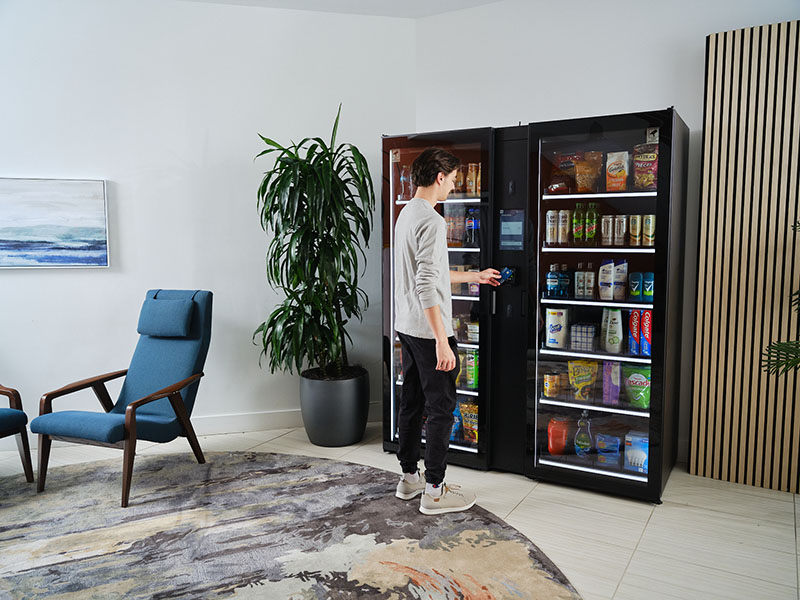
A wave of next-gen, self-service retail is transforming how and where consumers shop — and it’s not just hype. Dive into the real stories of operators breaking sales records, delighting customers, and redefining convenience through the rise of Smart Stores.
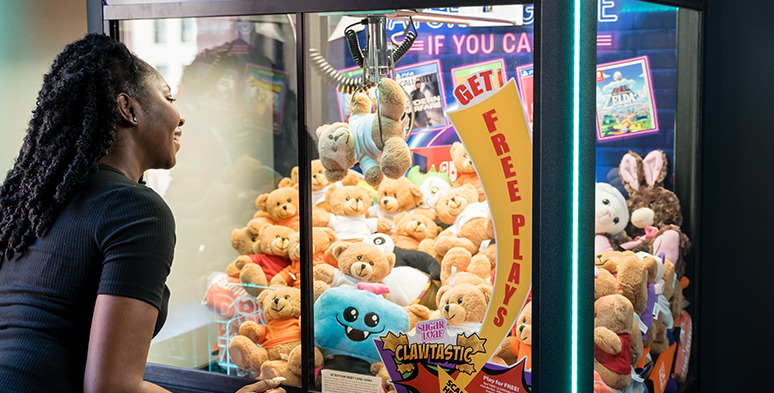
Implementing cashless payment options in gaming machines boosts revenue by enabling higher spending per transaction, enhancing customer satisfaction, and providing a seamless gaming experience. Real-time sales tracking and integrations also optimize operations.
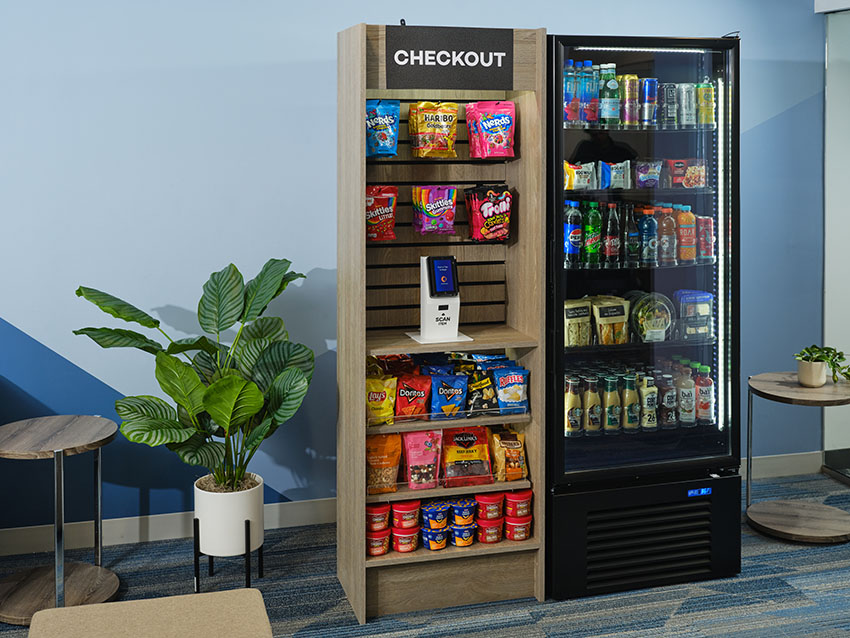
Micro markets are booming—and it’s no accident. From tap-to-pay tech to new high-traffic locations, discover what’s fueling their growth and why now’s the time to get in. A quick preview of insights from Cantaloupe’s Micropayment Trends Report.